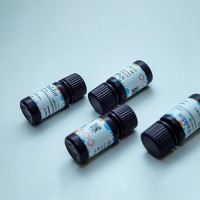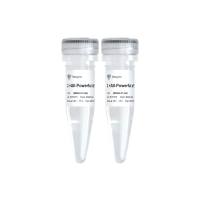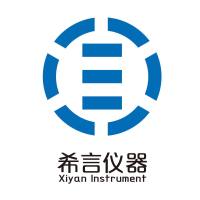Tol2-Mediated Gene Transfer and In Ovo Electroporation of the Otic Placode: A Powerful and Versatile Approach for Investigating Embryonic Development
互联网
互联网
相关产品推荐

SARS-CoV-2 (2019-nCoV) Spike Gene ORF cDNA clone expression plasmid (Codon Optimized)
¥4690

LRP1-mediated Endocytosis and Transmission of Tau Antibody Sampler Kit
¥500

EmbryoMax™ 青霉素-链霉素溶液,100X,用于细胞培养, The EmbryoMax Penicillin-Streptomycin Solution, 100X is available in a 100 mL format and may be used for routine mouse embryonic stem cell culture applications.,阿拉丁
¥174.90

BioSmart U+ All-Powerful Multiple Probe qPCR PreMix (ONE TUBE)
¥1200

TRAIN CRSE,HPLC THEORY AND PRACTICAL APPROACH
询价
相关问答

